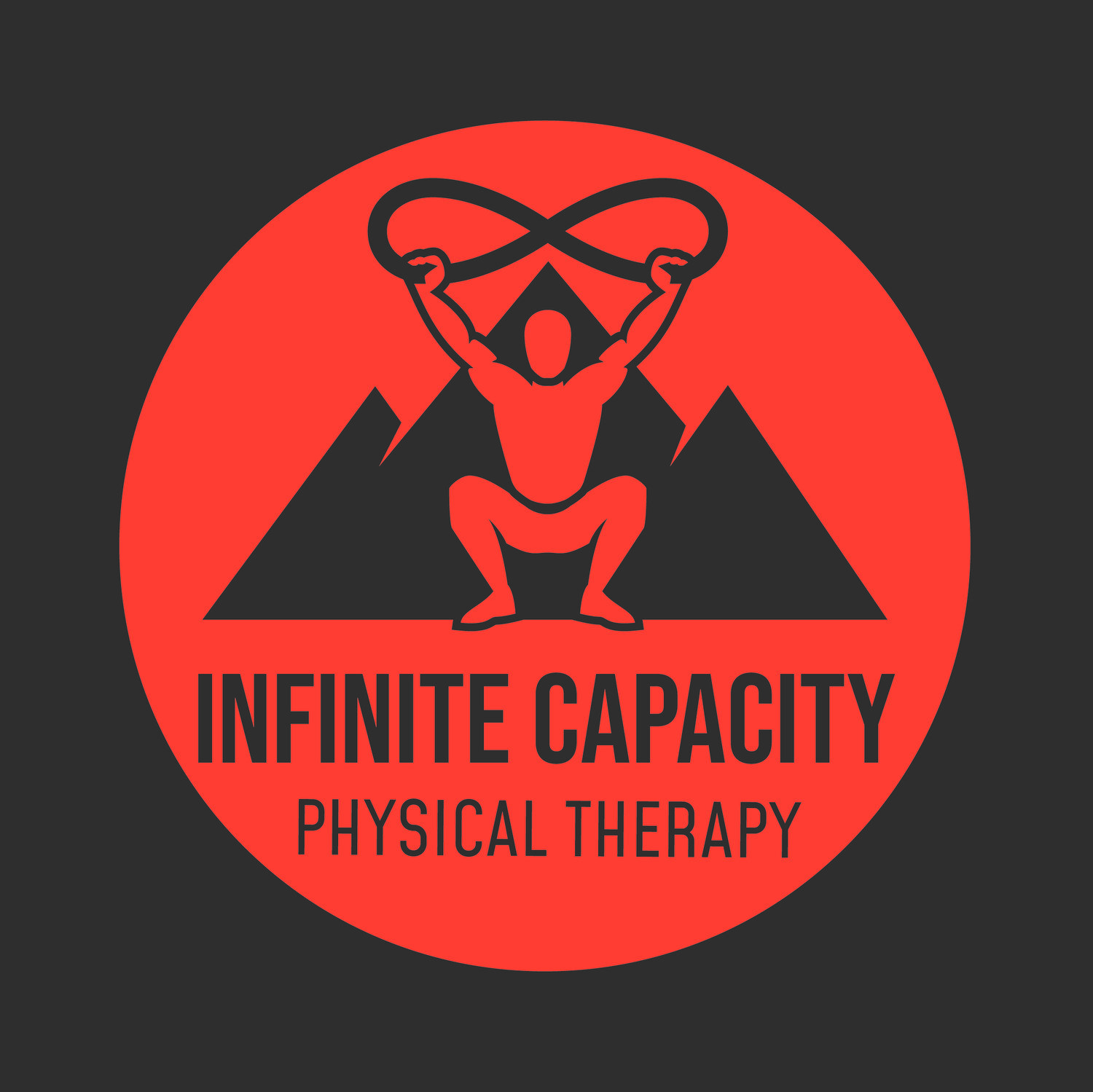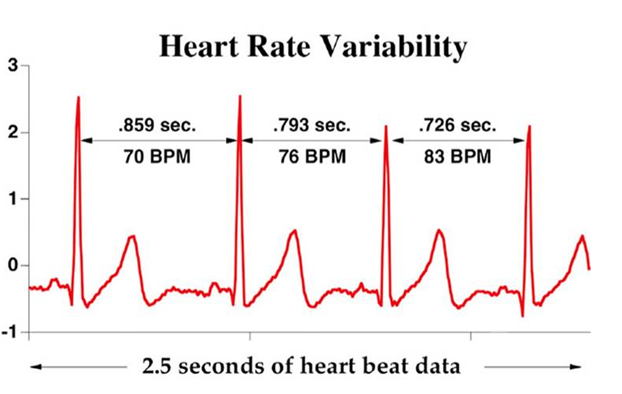Load Monitoring Part 4: Heart Rate Variability
There is lots of information available in the literature regarding injury prevention for everyone from the young athlete to the elite athlete to the industrial athlete in the workplace. This information covers lifestyle factors (sleep and stress), nutrition, strength and mobility, body measurements (BMI, waist to height ratio, etc.), and many others. One of the more exciting measurements, which is getting backed by more and more research, is heart rate variability (HRV).
As HRV monitoring becomes more popular for injury prevention measurements, it is important to understand the mechanisms behind HRV, how it works, and how it relates to training.
The nervous system is broken into several different branches responsible for different jobs throughout the body. One of these branches is responsible for the voluntary use of your muscles such as talking or walking, while another branch is responsible for the automatic things you don’t have to think about such as maintaining your body temperature and heart rate. This automatic system is made of a “fight or flight” branch and a “rest and recovery” branch.
The automatic branch controls the cardiovascular system, which is responsible for regulation of heart rate. When in the baseline state, during normal daily activities, the “fight or flight” and “rest and recovery” branches are equally contributing to control of the heart and are in a balanced state. Since the heart is receiving input from each of these branches, there are small continuous fluctuations, or variability, in the rhythm of heart beats due to the constant battle of the branches to maintain balance. This results in increased complexity of the heart rhythm. During exercise, the “fight or flight” branch dominates, and conversely, after exercise, the “rest and recovery” branch dominates. When one branch dominates, the variability in the heart rhythm decreases or simplifies.
Measuring heart rate variability, therefore, can be an indirect way of measuring this automatic system. If the complexity or variability of the heart rate decreases, this could be a result of “rest and recovery” dominance, indicating a continued state of repair and recovery. This could give insight into how an individual is responding to training load, and the risk/reward of continuing to train at the current level, or whether increased rest period would be beneficial.
Changes in HRV indicate the ability of the automatic system to respond to different stimuli including a plethora of factors from breathing to dehydration. HRV is not only influenced by workload, but by many factors including physiological, psychological, environmental, and lifestyle factors such as stress and sleep quality. Therefore, monitoring HRV along with training volumes using Acute to Chronic Workload Ratio, can help reveal emerging patterns in an individual’s routine and overall health. Together, this information can be used to weigh the pros and cons of continuing with the same level of activity, or altering training and/or lifestyle factors as needed.
Injuries will never be 100% preventable, and no measures will likely ever be able to 100% predict or prevent injuries. But if we train smarter, using tools like ACWR and HRV to help guide our training decisions, we can optimize training gains, and significantly reduce the risk of overuse training-related injuries in the process.
References
1 Williams, S., et al., Heart Rate Variability is a Moderating Factor in the Workload-Injury Relationship of Competitive CrossFit Athletes. J of Sports Sci and Med, 2017; 16: 443-449.
2 Carter III, R., et al., The influence of hydration status on heart rate variability after exercise heat stress. J of Therm Bio, 2005; 30: 495-502.
3 Periera da Silva, V., et al., Heart Rate Variability as a Marker of Chronic Adaptation in Athletes: A Systematic Review. Ann Noninvasive Electrocardiol, 2015; 20(2): 108-118.
4 Taralov, Z.Z., et al., Heart Rate Variability as a Method for Assessment of the Autonomic Nervous System and the Adaptations to Different Physiological and Pathological Conditions. Folia Medica, 2015; 57(3&4): 173-180.


